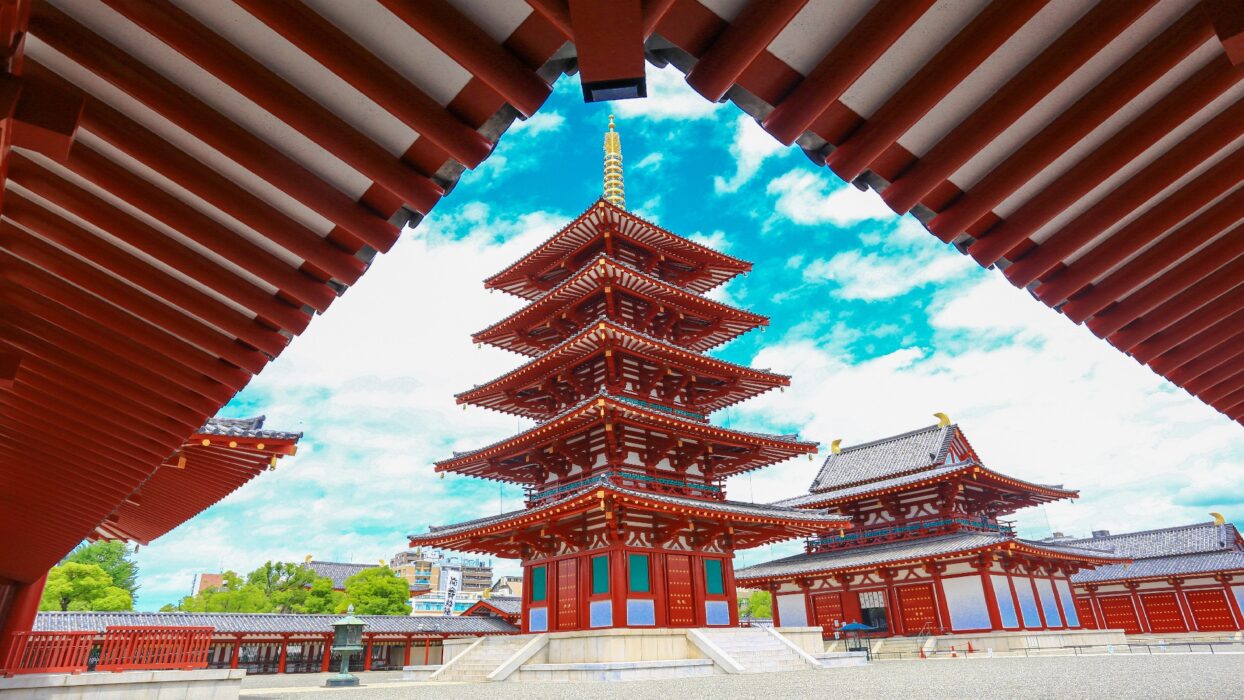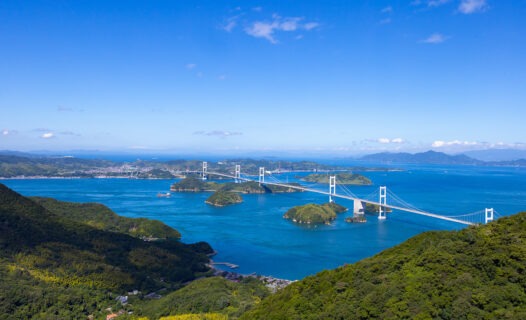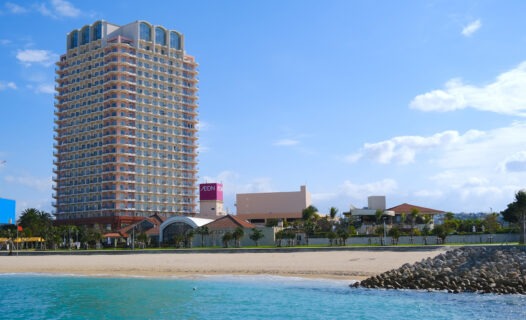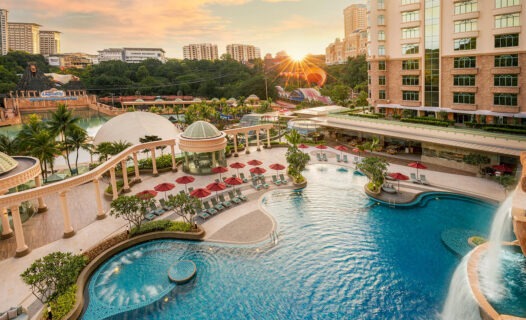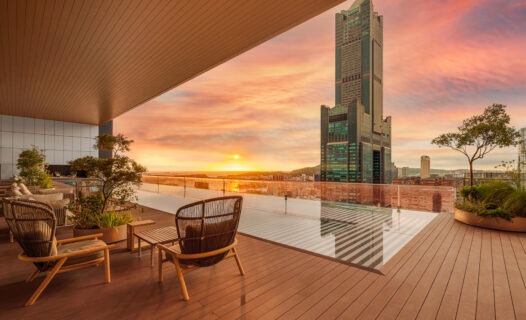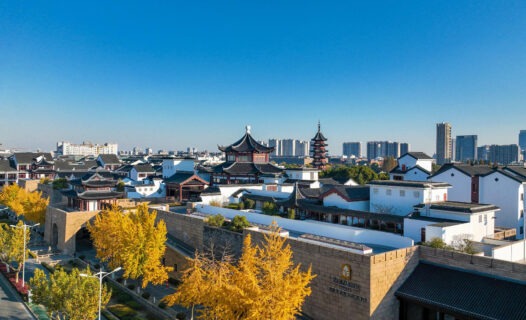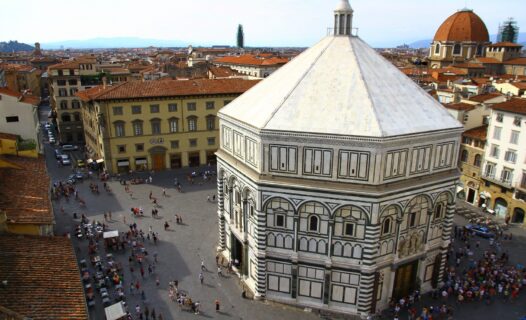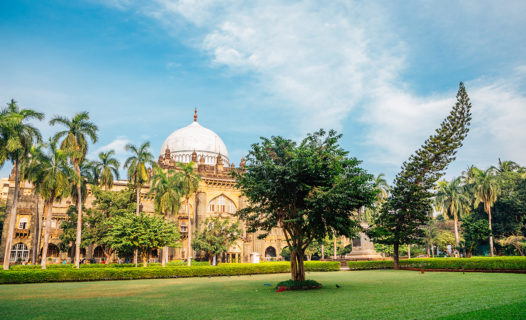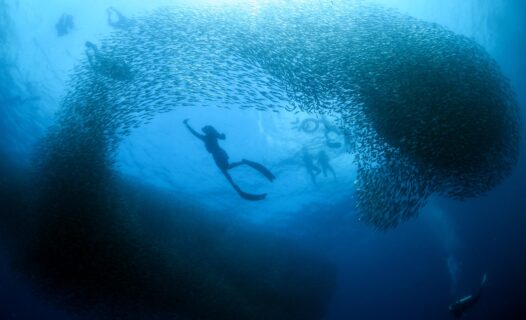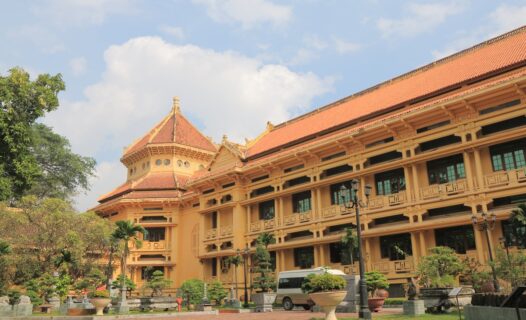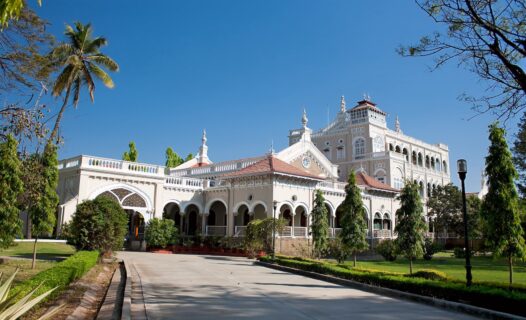Introduction
When you think of Kyoto, the stunning Kinkakuji Temple, also known as the Golden Pavilion, is likely one of the first images that comes to mind. This iconic structure, with its shimmering gold leaf facade, stands as a beacon of Japan’s rich cultural heritage. Nestled amidst serene gardens and tranquil ponds, Kinkakuji is not only a masterpiece of Japanese architecture but also a symbol of Zen Buddhism. Visiting during winter adds an extra layer of magic, as the temple transforms into a breathtaking winter wonderland, creating a striking contrast between the golden hues and the crisp, white snow. Whether you’re a history buff, a photography enthusiast, or simply someone seeking peaceful moments in nature, Kinkakuji in winter offers an unforgettable experience.
Discovering Kinkakuji: A Golden Pavilion in Winter
As you approach Kinkakuji Temple, the first thing that catches your eye is its stunning architectural beauty. The temple is a three-story structure, each level adorned with intricate details that reflect the artistry of the Muromachi period. The top two floors are covered in brilliant gold leaf, which glistens under the sun, creating a sight that is nothing short of spectacular. But in winter, Kinkakuji takes on a different character. The golden pavilion stands proudly against a backdrop of snow-dusted trees and a serene, frozen pond, creating a picturesque scene that feels almost otherworldly.
The contrast of the Golden Pavilion in Kyoto with the winter landscape is truly captivating. As snowflakes gently fall, they blanket the temple grounds, transforming them into a peaceful retreat. The stillness of the air and the soft crunch of snow underfoot add to the tranquility, allowing visitors to experience a moment of Zen amidst the hustle and bustle of life. This is a perfect time to soak in the beauty of one of Kyoto’s most cherished historical sites.
Kinkakuji’s Winter Wonderland: A Visual Feast
Winter at Kinkakuji is a feast for the eyes. Picture this: the temple’s golden facade shimmering against a backdrop of pure white snow, its reflection dancing on the surface of the pond below. The sight is nothing short of breathtaking, and for photographers, it presents a myriad of unique opportunities. Early mornings are particularly magical, as the soft light of dawn casts a warm glow on the temple, enhancing its ethereal beauty. The still waters of the pond mirror the pavilion perfectly, creating a stunning composition that is a must-capture for anyone with a camera.
As you stroll through the temple grounds, take a moment to appreciate the intricate details of the architecture and the surrounding nature. The snow-covered rooftops, the delicate branches of trees adorned with frost, and the serene reflections in the pond all combine to create a scene that feels like something out of a fairytale. Whether you’re an amateur photographer or a seasoned pro, the Kinkakuji winter scenery offers endless inspiration for your travel photography.
The Magic of Illuminated Kinkakuji
As dusk falls, Kinkakuji transforms yet again. The winter illumination events are a sight to behold, with the temple beautifully lit against the night sky. Typically held from mid-December to early January, these events invite visitors to experience Kinkakuji in a whole new light. The golden pavilion glows warmly, creating a stunning contrast against the dark winter night, while the surrounding gardens are adorned with soft, twinkling lights.
During these evenings, the atmosphere is enchanting. Visitors wander through the illuminated paths, taking in the serene beauty of the temple and its surroundings. It’s a perfect opportunity for a romantic evening stroll or a peaceful moment of reflection. For those who have seen Kinkakuji in daylight, the illuminated experience is a delightful contrast that highlights the temple’s beauty in a different way. The magic of illuminated Kinkakuji is an event not to be missed, especially if you enjoy seasonal festivities and unique experiences.
Best Times to Experience Kinkakuji in Winter
Timing your visit can make all the difference when it comes to enjoying Kinkakuji in winter. Early mornings are particularly tranquil, as the crowds are fewer, allowing you to soak in the beauty of the temple in peace. The soft morning light casts a gentle glow on the golden pavilion, creating a serene atmosphere that is perfect for meditation or quiet reflection.
For those looking to capture the best photographs, visiting during the golden hour—just before sunset—offers spectacular lighting conditions. The golden hues of the pavilion are beautifully enhanced by the warm tones of the setting sun, resulting in stunning images that capture the essence of Kinkakuji in winter. So, whether you prefer the calm of the morning or the vibrant colors of sunset, planning your visit wisely will ensure you experience the best of what Kinkakuji has to offer during this magical season.
Photography Tips for Capturing Kinkakuji’s Beauty
Ready to capture the magic of Kinkakuji? Whether you’re a budding photographer or a seasoned pro, there are some fantastic tips to help you snap that perfect shot. First off, consider your timing! Early mornings offer a serene atmosphere with fewer visitors, allowing you to frame Kinkakuji without the hustle and bustle of crowds. The soft morning light creates a beautiful glow on the golden facade, making it an ideal time for stunning photos.
As the day progresses, don’t miss the golden hour—just before sunset. This is when the light is warm and golden, casting a magical hue over the temple. The reflections in the pond during these moments can be breathtaking, so be ready to capture that perfect mirror image!
For the best angles, try to explore different viewpoints around the temple grounds. The path leading to the pavilion offers various perspectives, while the bridge across the pond provides an excellent vantage point for those iconic shots. Don’t forget to include the surrounding scenery in your frame; the snow-covered trees and serene waters can add depth and beauty to your photographs.
Lastly, consider experimenting with different settings on your camera or smartphone. Play with exposure and focus settings to highlight the intricate details of the temple’s architecture. Remember, capturing Kinkakuji is not just about the temple itself but also about the atmosphere and the beauty of winter in Kyoto.
Cultural Significance of Kinkakuji: A Zen Temple’s Legacy
Kinkakuji, or the Golden Pavilion, is not just a pretty face; it’s steeped in history and cultural significance. Originally built in 1397 as a retirement villa for the shogun Ashikaga Yoshimitsu, it was later converted into a Zen temple after his death. This transformation highlights the deep connection between Japan’s political history and its spiritual practices.
The temple is a prime example of the Muromachi period’s architectural style, showcasing the beauty of Japanese architecture with its elegant lines and harmonious integration with nature. Kinkakuji is also a UNESCO World Heritage site, recognized for its cultural heritage and historical importance. The temple’s design emphasizes the principles of Zen Buddhism, focusing on simplicity, tranquility, and the beauty of impermanence.
Visitors can gain a deeper understanding of Zen philosophy by exploring the temple grounds, where each element is purposefully placed to evoke reflection and peace. The serene gardens surrounding Kinkakuji feature meticulously arranged rocks, ponds, and trees, all contributing to a space designed for meditation and contemplation. This connection to Zen culture makes Kinkakuji not just a visual marvel, but a place of spiritual significance.
Nearby Attractions to Complement Your Kinkakuji Visit
Once you’ve soaked in the beauty of Kinkakuji, there are plenty of nearby attractions to keep your Kyoto adventure going! Just a short stroll away, you’ll find the tranquil Ryoanji Temple, famous for its rock garden. This UNESCO World Heritage site invites visitors to ponder the simplicity of its design and the meaning behind its carefully arranged stones.
If you’re in the mood for more gardens, head to Kyoto Imperial Palace, where you can explore beautiful landscapes and historical buildings. The palace grounds are perfect for a leisurely walk, especially in winter when the trees are dusted with snow.
For a taste of traditional Kyoto, visit the Arashiyama Bamboo Grove. This enchanting forest of towering bamboo stalks creates a surreal atmosphere, making it a favorite for photographers and nature lovers alike. If you’re feeling adventurous, consider taking a scenic boat ride down the Hozu River, which offers stunning views of the surrounding mountains and valleys.
Don’t forget to check out the nearby zen gardens, where you can experience the peacefulness that characterizes Kyoto’s cultural heritage. Each garden tells a story through its design, providing a perfect backdrop for reflection.
Culinary Delights: Winter Food Near Kinkakuji
After a day of exploring the wonders of Kinkakuji, it’s time to treat your taste buds to some delicious winter cuisine! Kyoto is known for its unique culinary offerings, and winter is the perfect season to indulge in warm, comforting dishes. Look for local restaurants that serve yudofu, a simple yet delicious hot tofu dish that is especially popular in winter months. Served with a variety of dipping sauces, it’s a must-try!
Another local favorite is nabe, a hot pot dish that’s perfect for sharing. Many restaurants offer seasonal variations, so you can enjoy fresh ingredients that highlight the flavors of winter. Pair your meal with a cup of matcha tea for a truly authentic Kyoto experience.
If you’re in the mood for something sweet, don’t miss out on yatsuhashi, a traditional Kyoto confection made from rice flour and filled with sweet red bean paste. These delightful treats are often sold in charming shops near Kinkakuji, making them a perfect souvenir to take home!
Practical Information for Travelers: What You Need to Know
Planning a visit to Kinkakuji? Here’s what you need to know! The temple is open year-round, but winter offers a unique charm that shouldn’t be missed. Admission fees are quite reasonable, typically around 400 yen, and the temple is open from 9 AM to 5 PM. Be sure to check the official website for any seasonal changes in hours or special events.
Accessibility is also a consideration; the temple is wheelchair-friendly, with paths that allow for easy navigation around the grounds. Public transportation is a convenient way to reach Kinkakuji, with several bus lines servicing the area. The nearest bus stop is Kinkakuji-michi, just a short walk from the temple entrance.
Don’t forget to dress warmly! Winter temperatures in Kyoto can drop, so layering up is key to enjoying your visit comfortably. A cozy scarf and hat will keep you warm as you explore the beautiful winter landscapes surrounding the temple.
Transportation Tips: Getting to Kinkakuji with Ease
Getting to Kinkakuji is easy-peasy! If you’re staying in central Kyoto, the city’s efficient public transport system will have you at the temple in no time. Buses are the most direct way to reach Kinkakuji, with several routes available. The most popular bus lines include the 101 and 205, which take you right to the doorstep of this iconic site.
For those who prefer a little exercise, renting a bicycle is a fantastic option! Kyoto is a bicycle-friendly city, and pedaling through the streets can be a delightful way to see the sights. Just be sure to follow local traffic rules and park your bike in designated areas.
If you’re driving, there are parking options available near the temple, but be aware that spaces can fill up quickly, especially during peak tourist seasons. Arriving early or using public transport can save you the hassle!
Seasonal Travel Insights: Why Winter is Special in Kyoto
Winter in Kyoto is a magical time that brings a unique charm to the city. The crisp air, serene landscapes, and fewer crowds make it an ideal season for exploration. While cherry blossoms in spring and vibrant foliage in autumn are breathtaking, winter offers a different kind of beauty that is equally captivating.
During this season, you can experience the tranquility of Kinkakuji without the throngs of tourists. The temple’s golden facade glistening against the snowy backdrop creates a picturesque scene that feels almost like a painting. Plus, winter festivals and events add a festive touch to the city, allowing you to immerse yourself in local culture.
Winter is also a great time to indulge in seasonal delicacies. From hot pots to sweet treats, the flavors of Kyoto truly shine during this chilly season. So, pack your bags and get ready to experience the magic of winter in Kyoto!
Safety and Health Guidelines for Winter Travel
Traveling in winter can be a fantastic experience, but it’s always good to keep safety in mind. Dress in layers to stay warm, and make sure to wear sturdy shoes, especially if you plan on walking around Kinkakuji and exploring the surrounding areas. The paths can be slippery with snow, so take your time and watch your step!
Staying hydrated is just as important in winter as it is in summer. Carry a water bottle with you and take breaks to warm up in local cafes or restaurants. If you’re not used to cold weather, be mindful of how your body feels and take breaks as needed.
Lastly, keep an eye on local weather reports. Snow can create beautiful scenery, but it can also lead to travel disruptions. Stay informed and adjust your plans accordingly to ensure a safe and enjoyable visit to Kinkakuji.
Fun Facts about Kinkakuji: Did You Know?
Here are some fun tidbits about Kinkakuji that you might not know! Did you know that the temple was originally built in the 14th century and has undergone several reconstructions? The current structure dates back to 1955 after a fire destroyed the original building in 1950.
Another interesting fact is that the top two floors of Kinkakuji are covered in gold leaf, which gives it its iconic shimmering appearance. The temple is also surrounded by a beautiful garden that features a variety of plants and trees, making it a perfect spot for nature lovers.
Lastly, Kinkakuji is often featured in Japanese literature and art, symbolizing the beauty and transience of life. It’s no wonder that this stunning temple has captured the hearts of so many visitors over the years!
Commonly Asked Questions (FAQs) about Kinkakuji
Got questions about visiting Kinkakuji? Here are some commonly asked queries to help you plan your visit:
What are the opening hours for Kinkakuji?
Kinkakuji is typically open from 9 AM to 5 PM, but it’s always a good idea to check the official website for any seasonal changes.
Is there an admission fee?
Yes, the admission fee is around 400 yen, which is quite reasonable for such a breathtaking experience!
Can I take photos at Kinkakuji?
Absolutely! Photography is encouraged, especially during the winter months when the scenery is stunning. Just be respectful of other visitors and the sacred space.
Are there guided tours available?
Yes, guided tours are available and can provide deeper insights into Kinkakuji’s history and significance. Check local tour operators for options!
What should I wear when visiting in winter?
Dress warmly in layers, and wear comfortable shoes suitable for walking on potentially slippery paths.
Detailed Day-by-Day Itinerary for a Winter Visit to Kinkakuji
Here’s a sample itinerary to help you make the most of your winter visit to Kinkakuji:
Day 1: Arrival in Kyoto
- Check into your hotel and settle in.
- Take a leisurely evening stroll around the city, soaking in the winter lights.
- Dine at a local restaurant and try some hot pot!
Day 2: Kinkakuji and Nearby Attractions
- Start your day early at Kinkakuji to avoid crowds and enjoy the tranquility.
- After visiting the temple, head to Ryoanji Temple for a peaceful experience.
- Enjoy lunch at a nearby cafe, sampling local delicacies.
- In the afternoon, visit the Kyoto Imperial Palace and explore its beautiful gardens.
- Dinner at a traditional Kyoto restaurant.
Day 3: Explore Arashiyama
- Take a morning trip to the Arashiyama Bamboo Grove.
- Enjoy a scenic boat ride on the Hozu River.
- Explore the local shops and grab some yatsuhashi for a sweet treat.
- Return to Kyoto city for dinner and a relaxing evening.
With this itinerary, you’ll experience the best of Kinkakuji and the surrounding attractions while enjoying the unique charm of winter in Kyoto!
Kinkakuji in winter is a breathtaking experience that combines the beauty of nature with rich cultural heritage. From stunning visuals to delicious culinary delights, there’s so much to explore and enjoy. So, pack your bags, grab your camera, and get ready for an unforgettable adventure in Kyoto!

